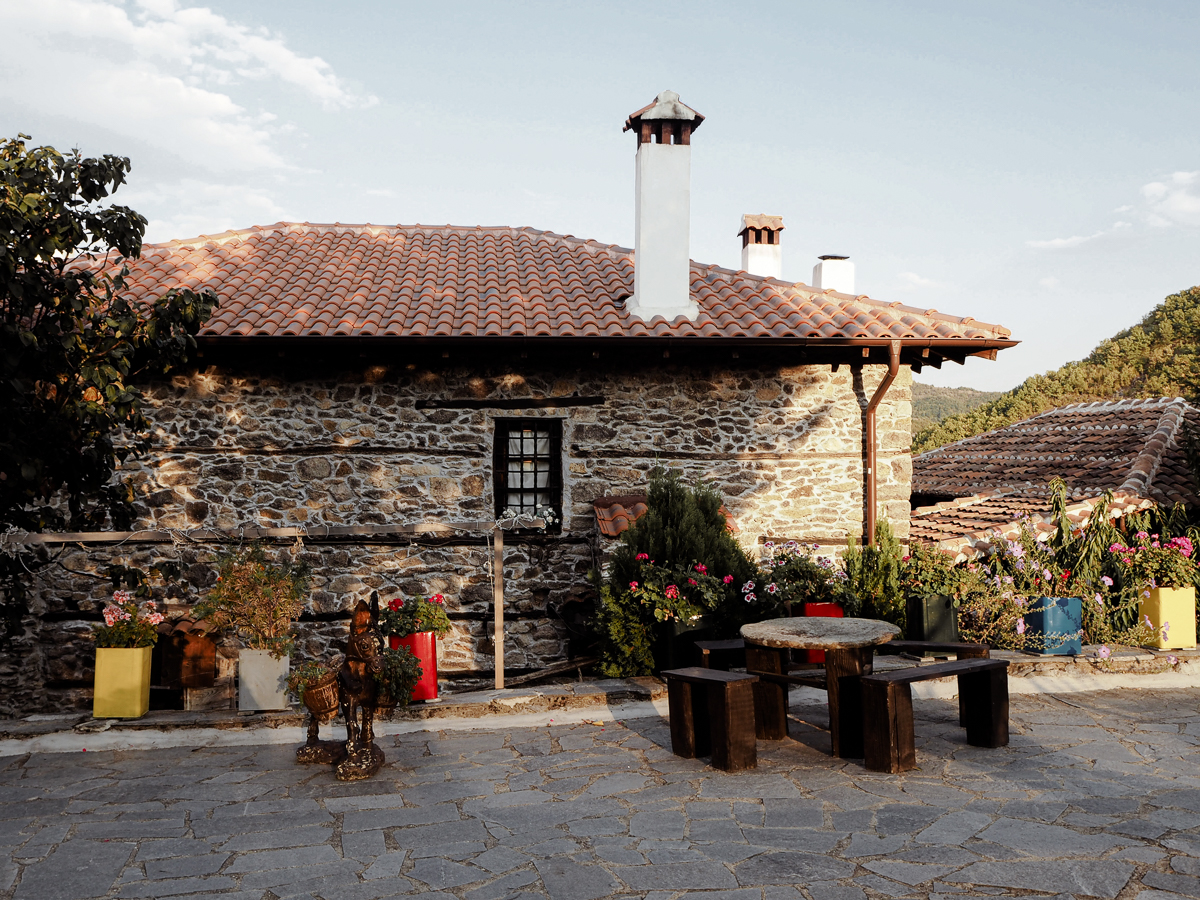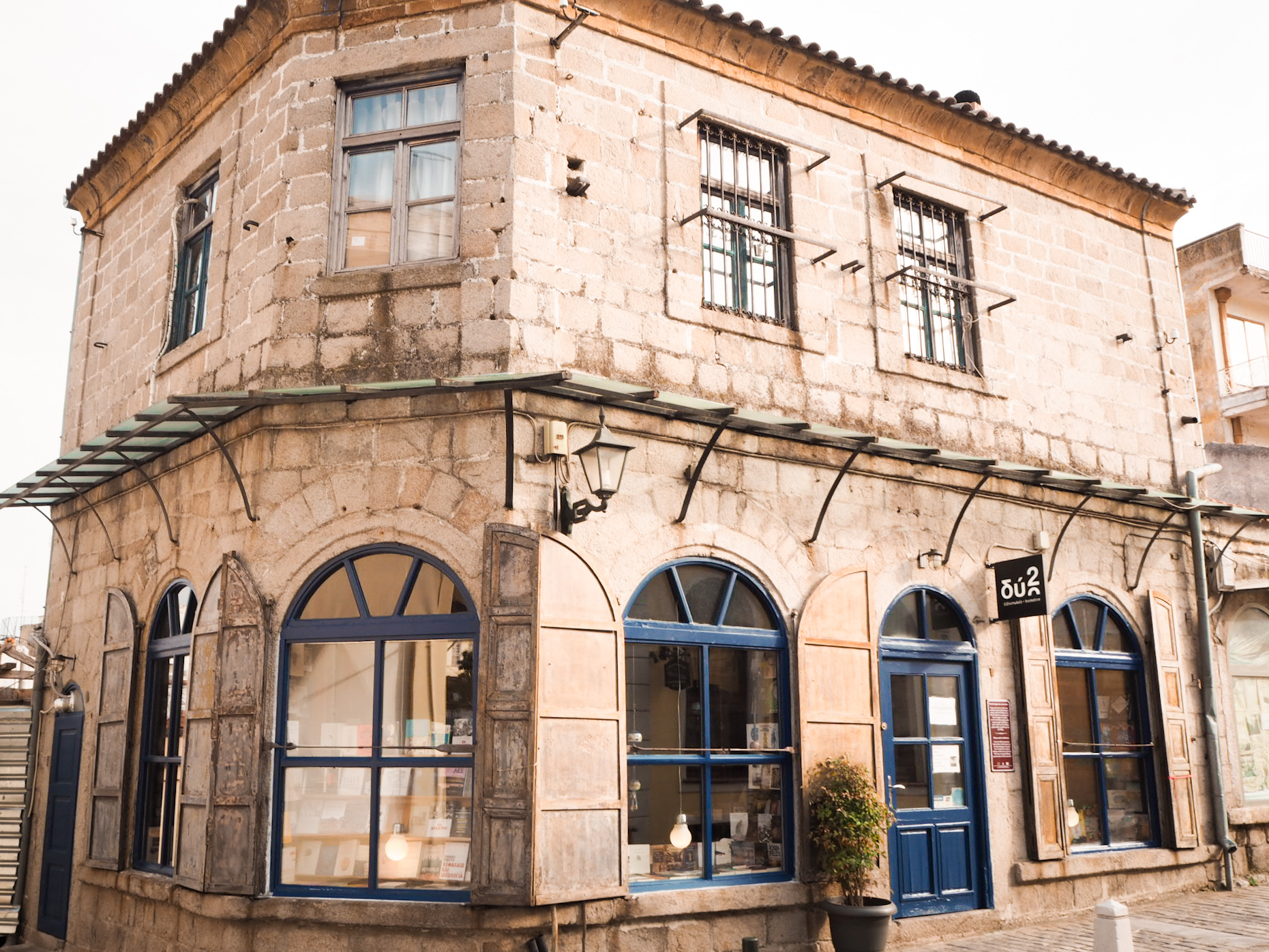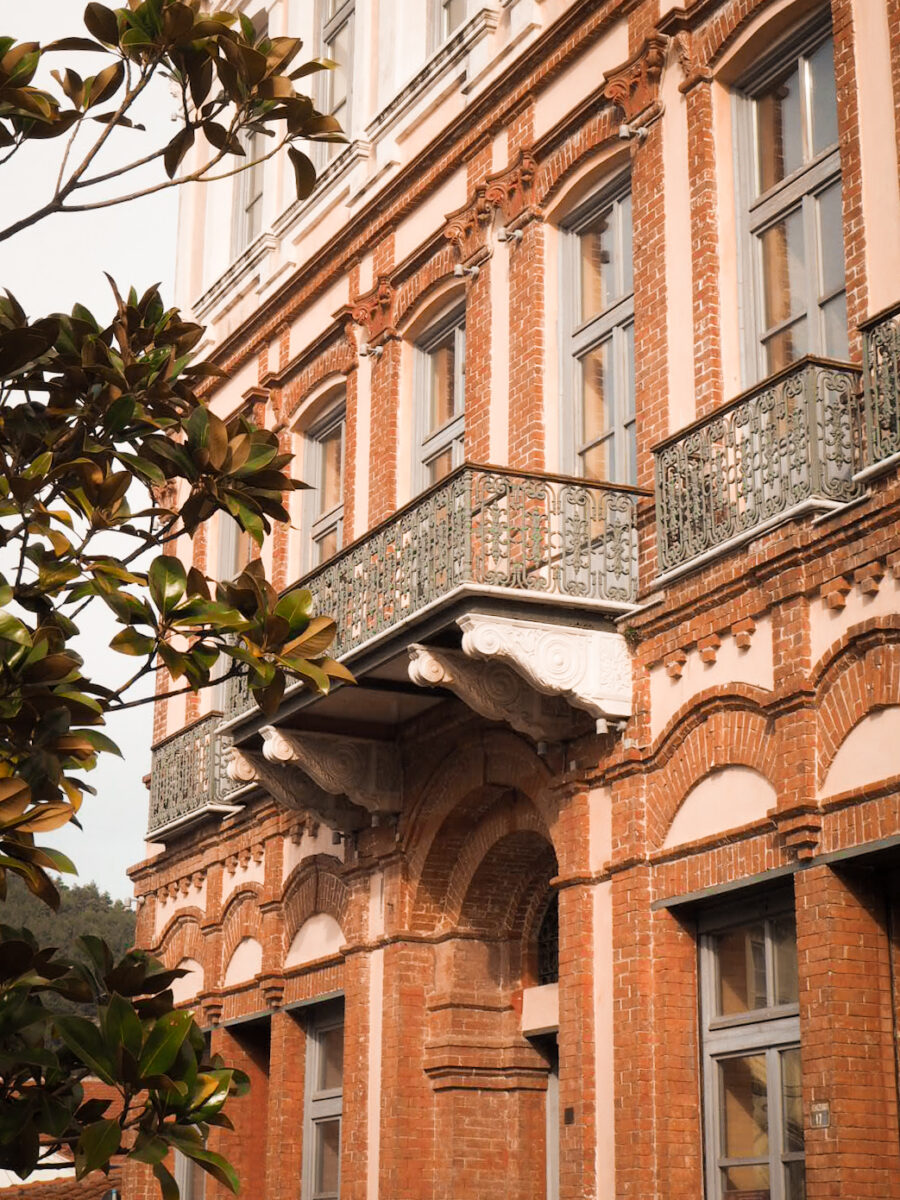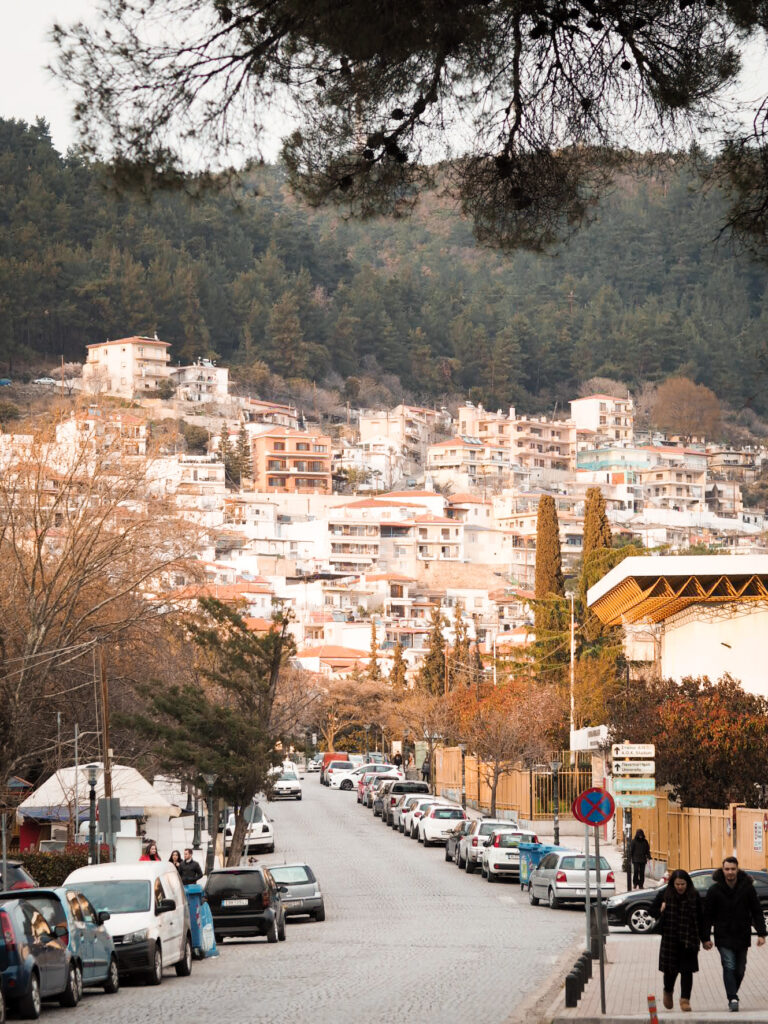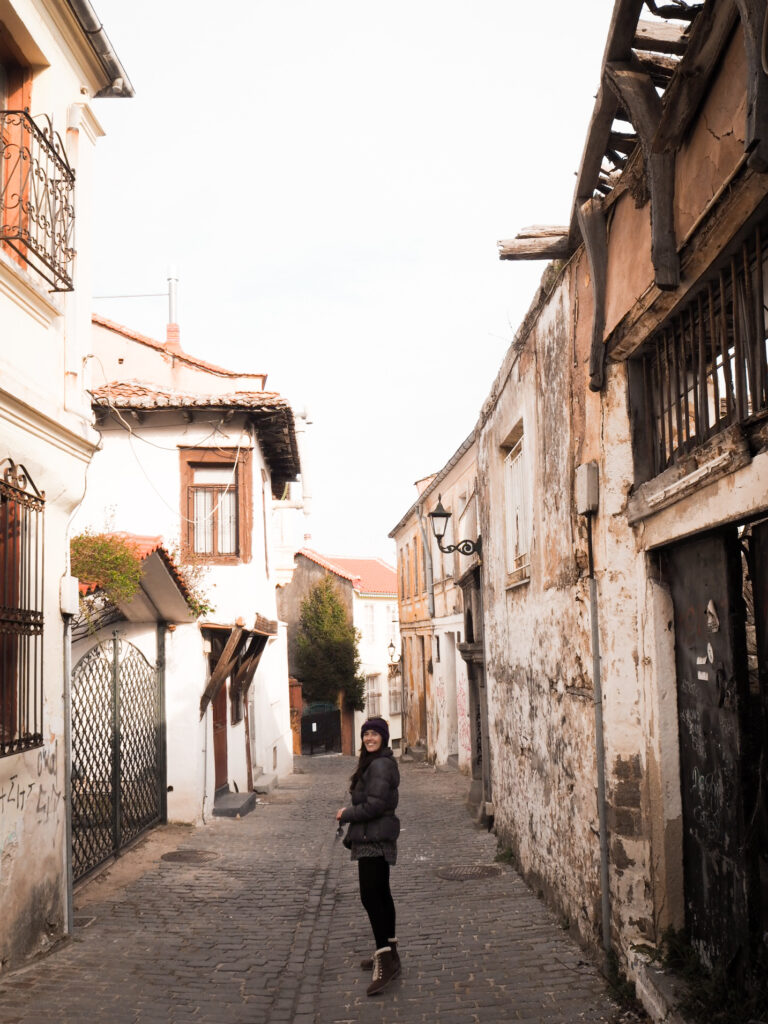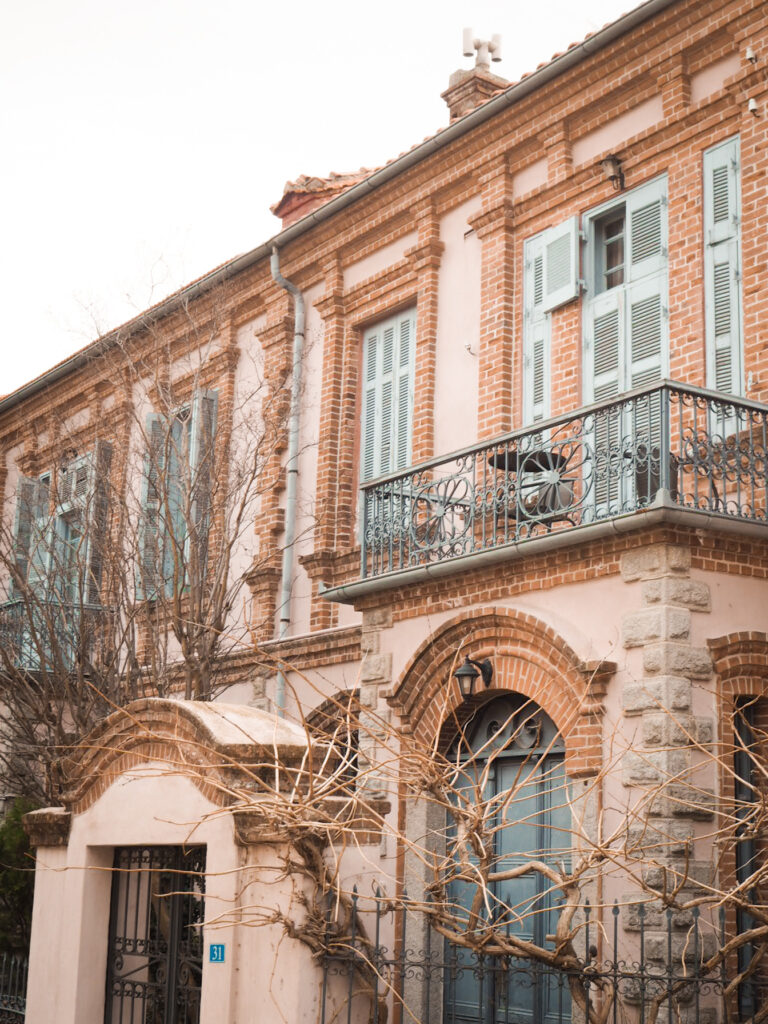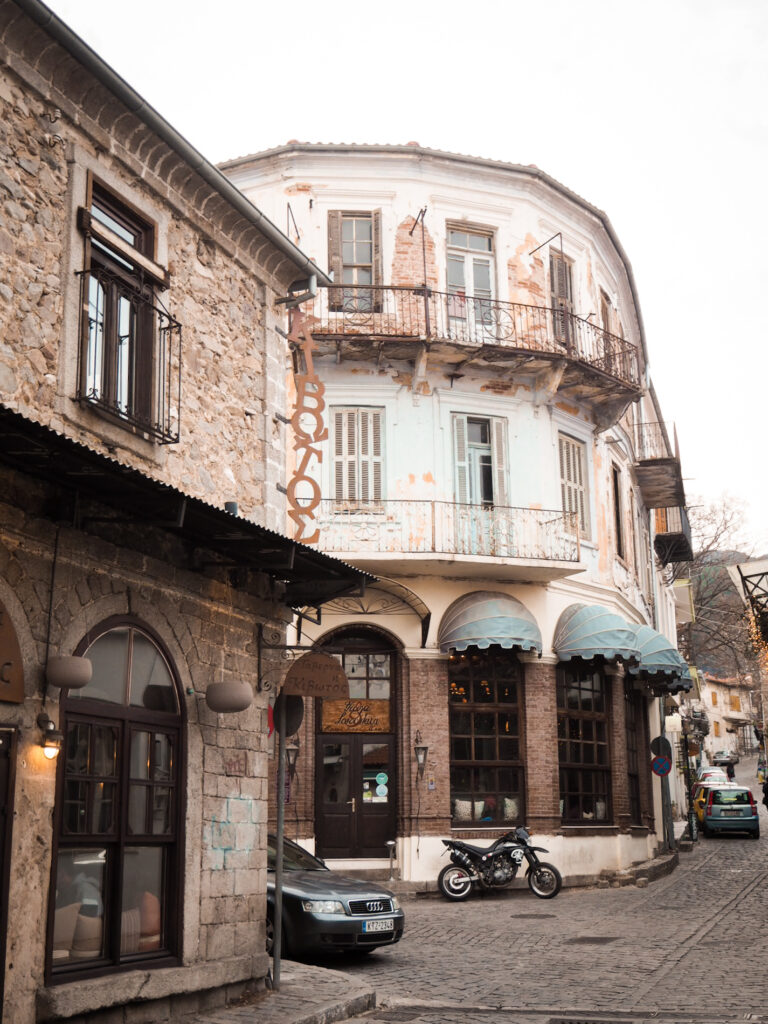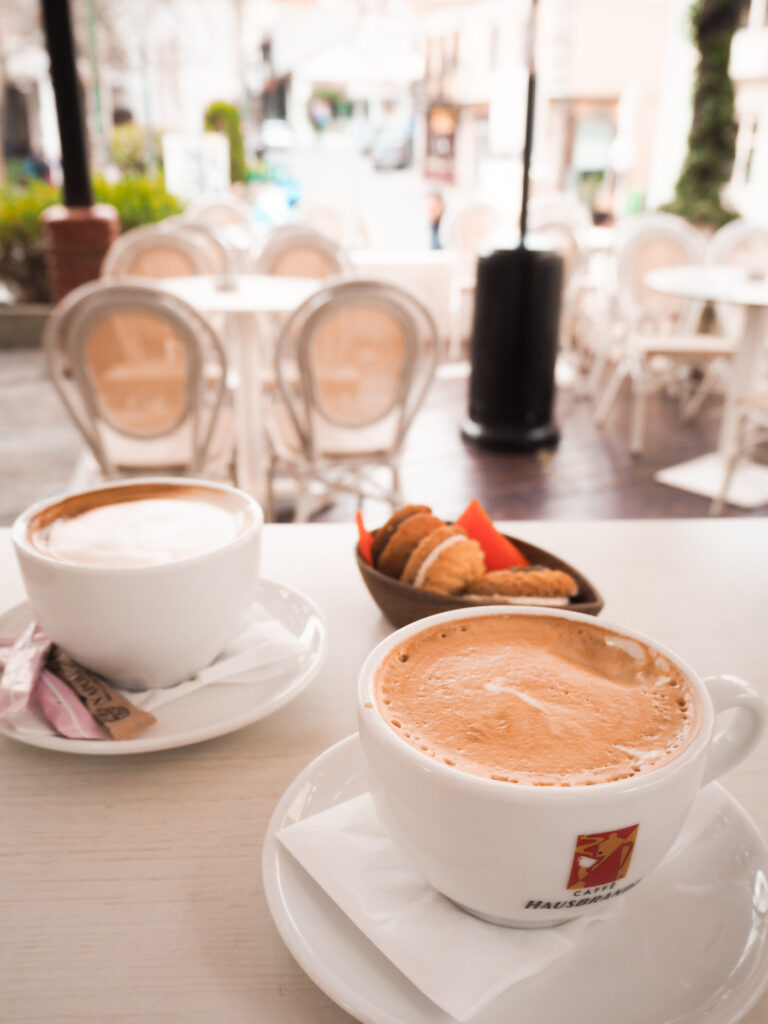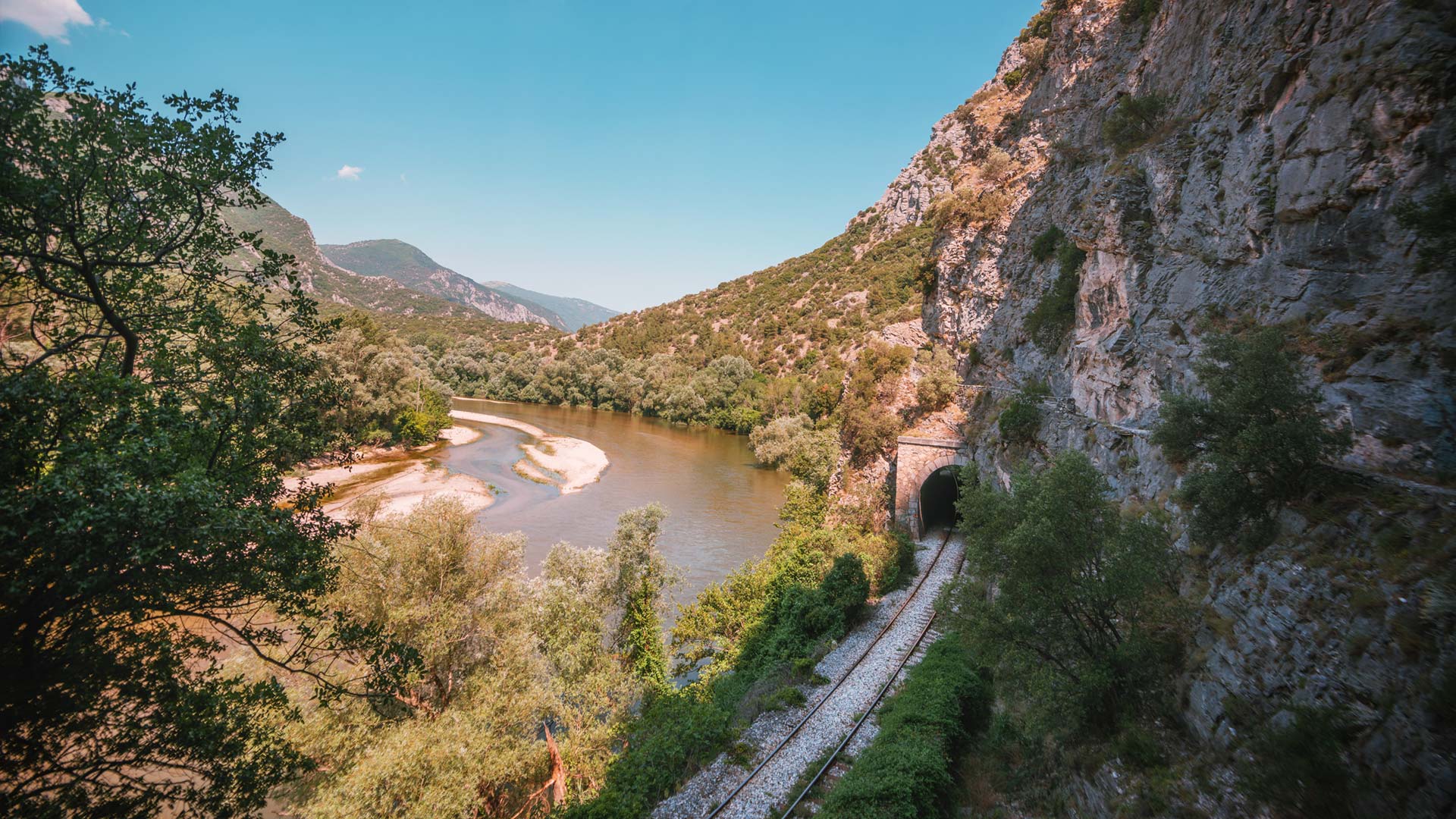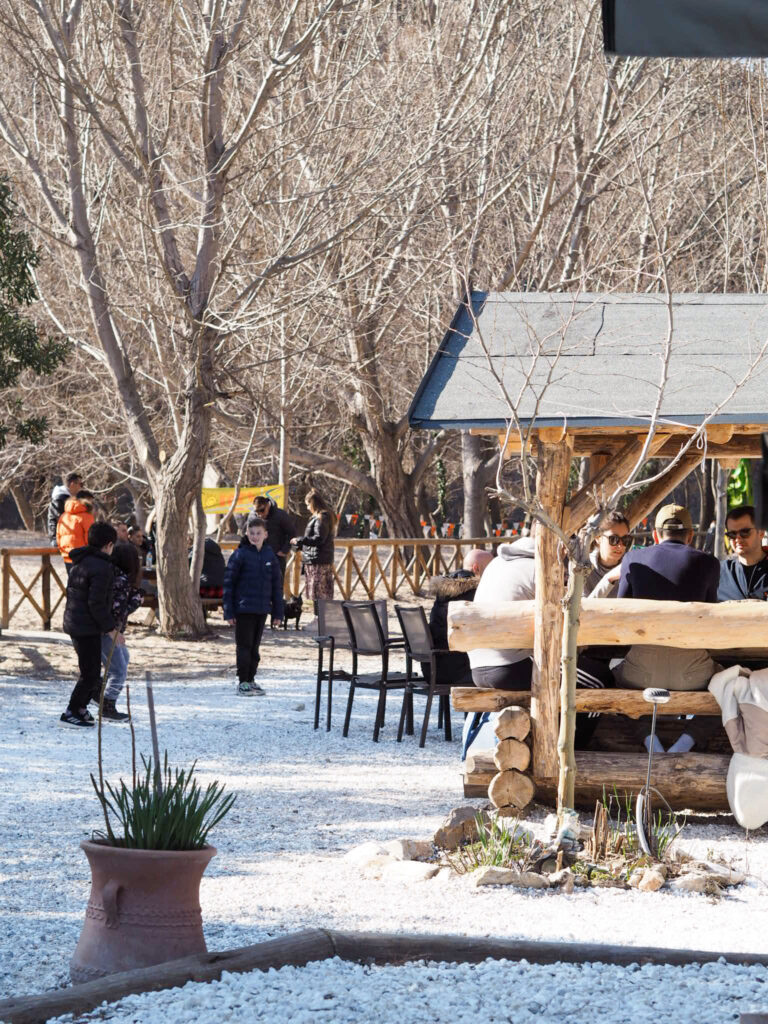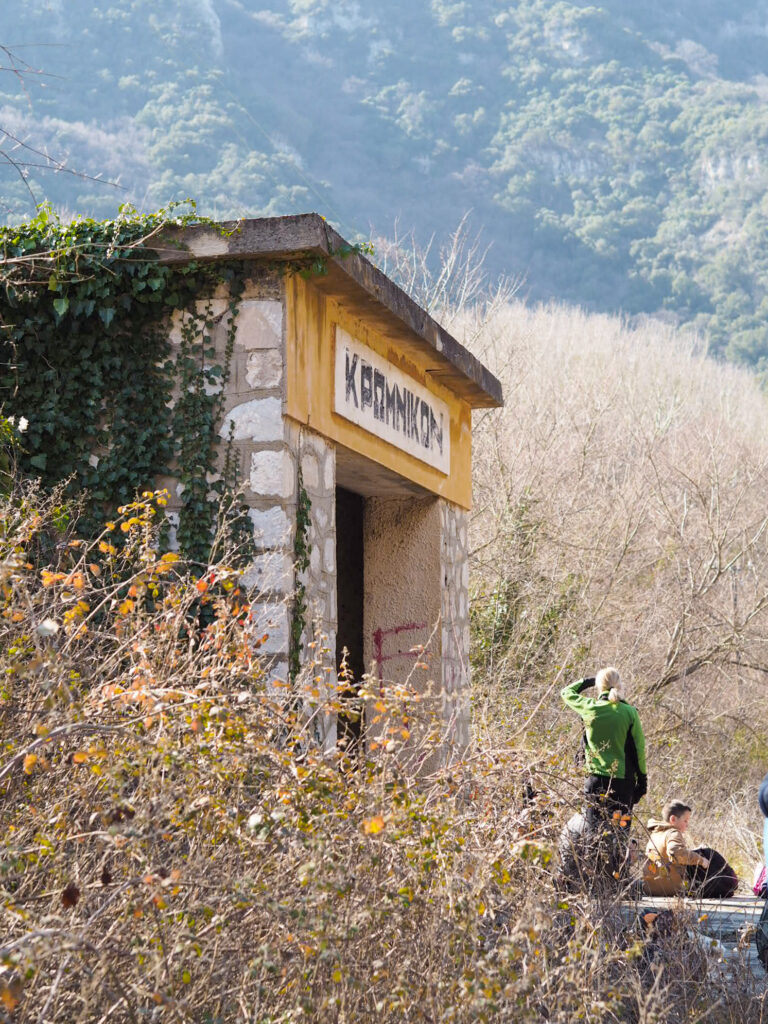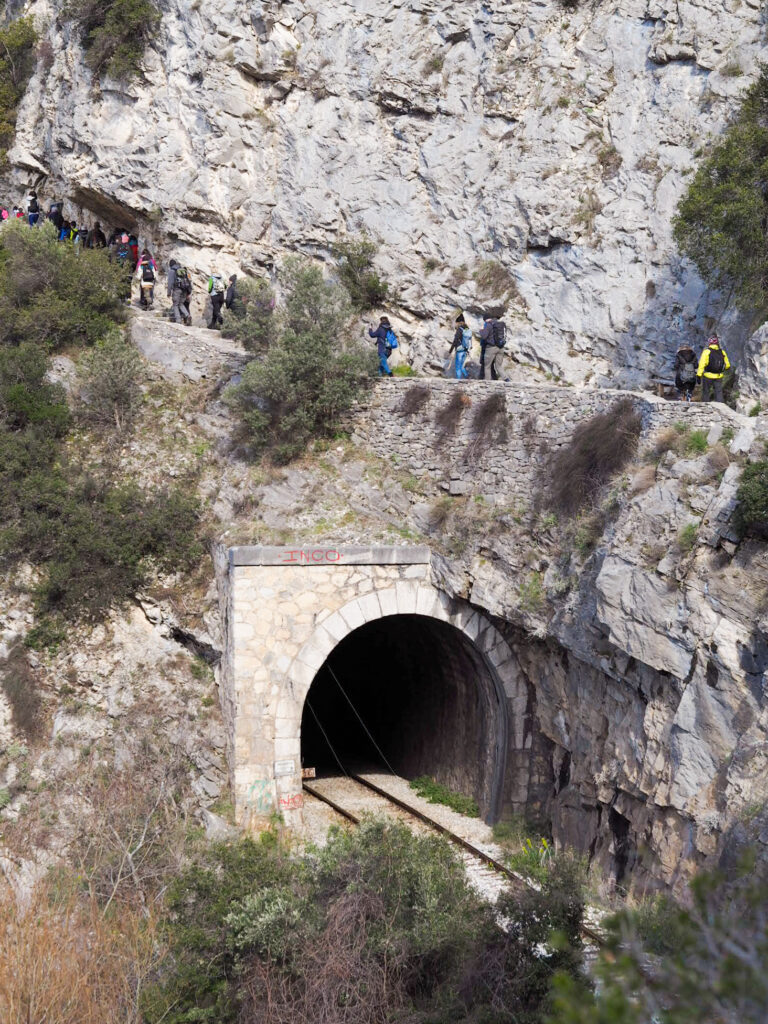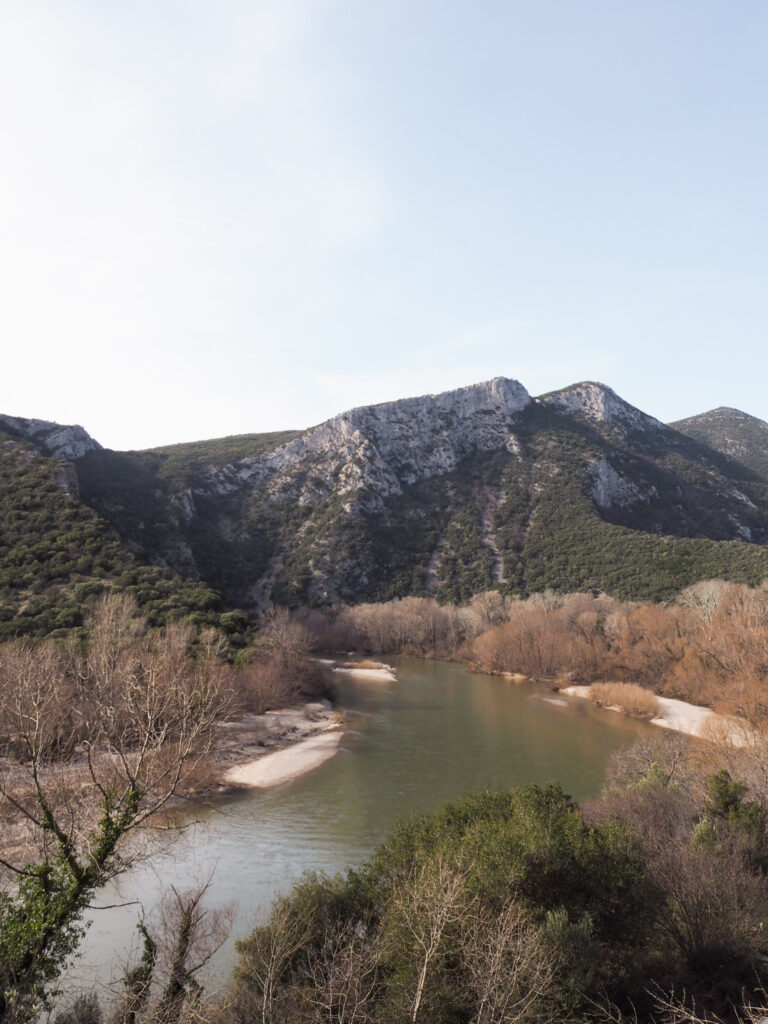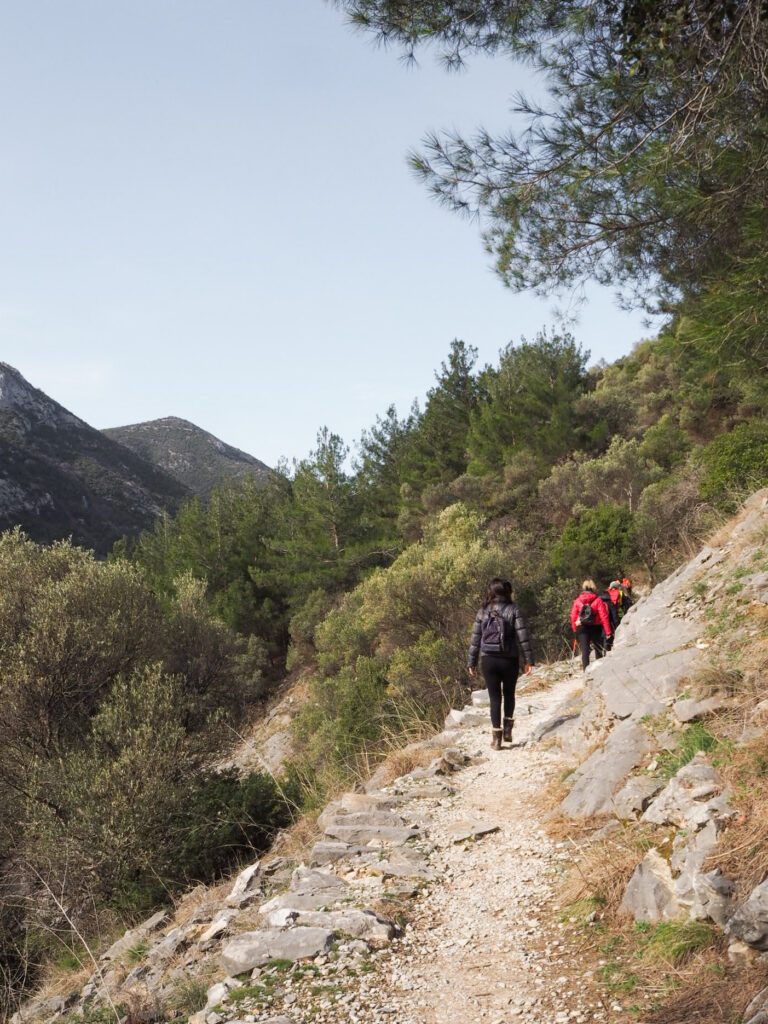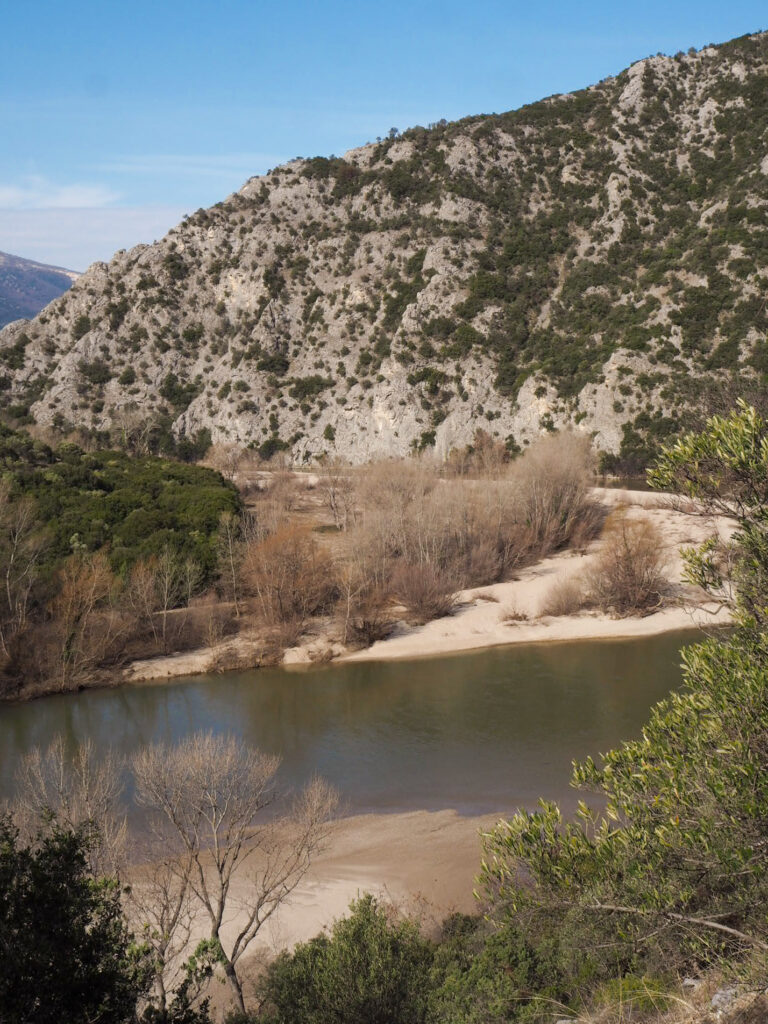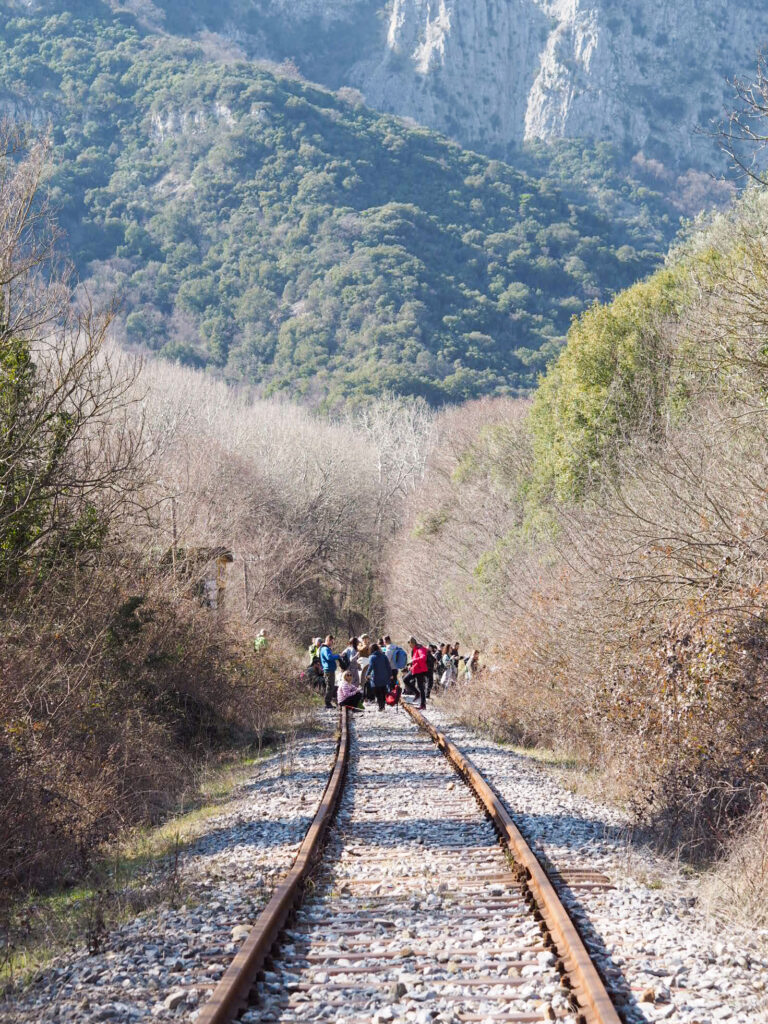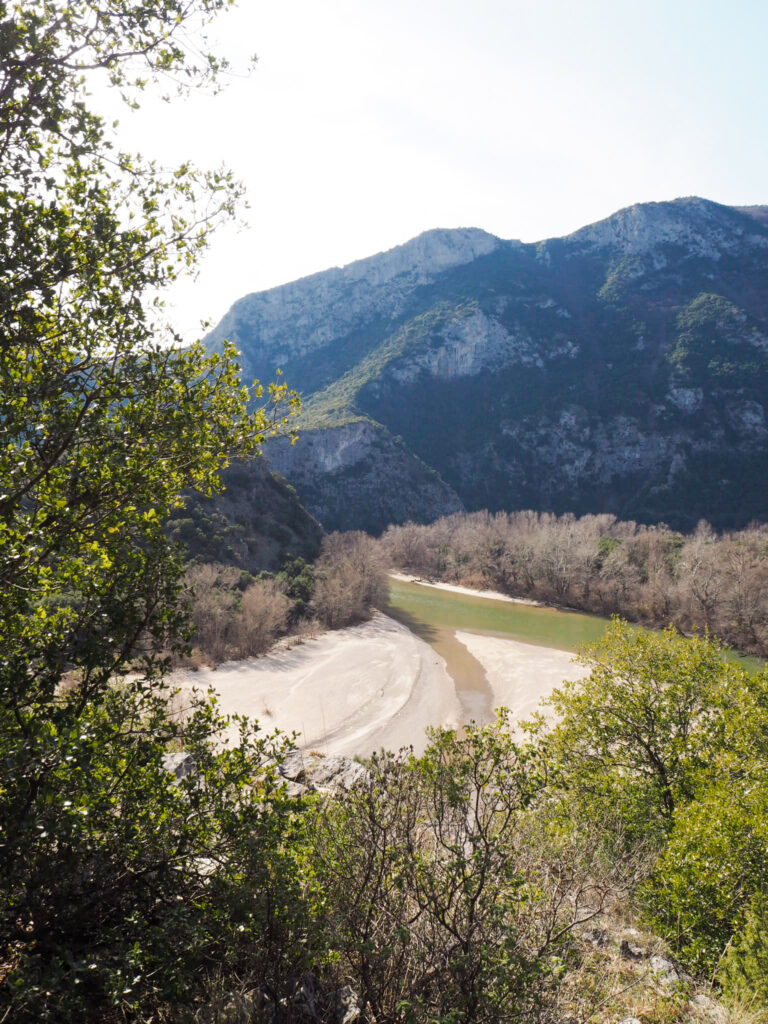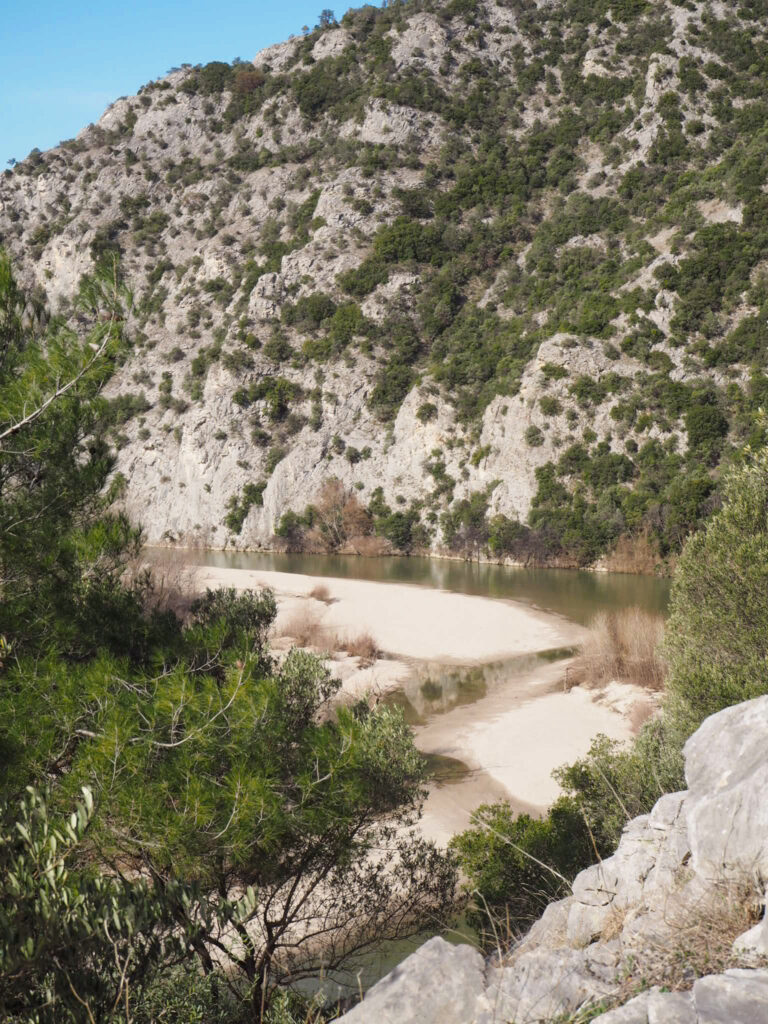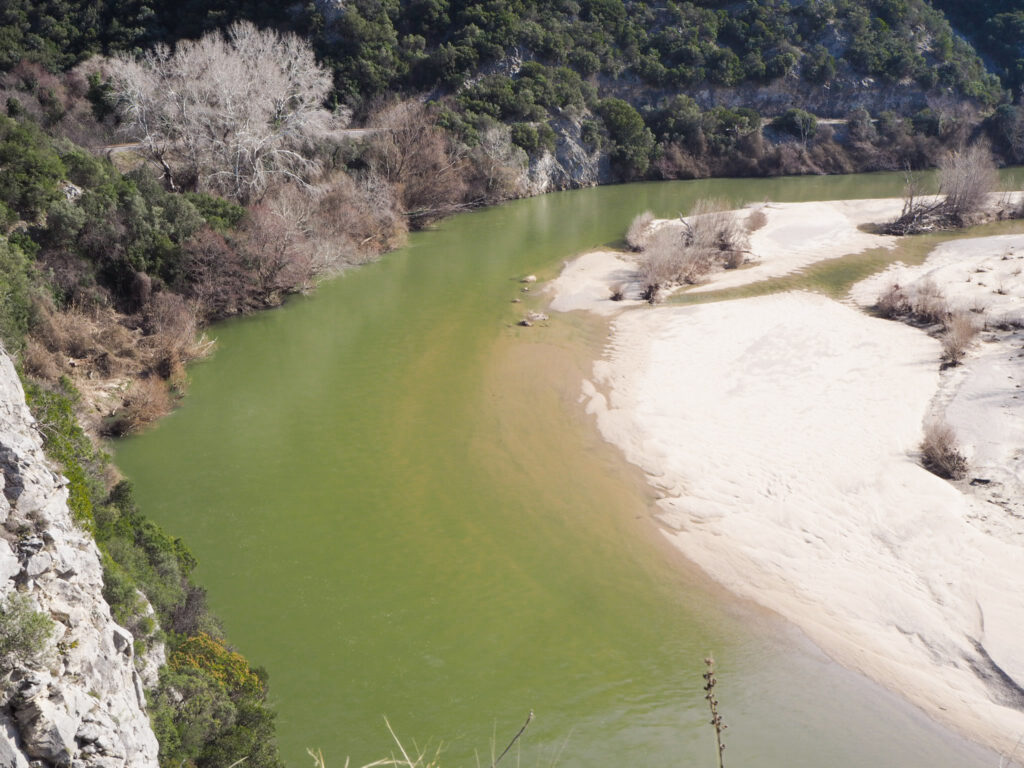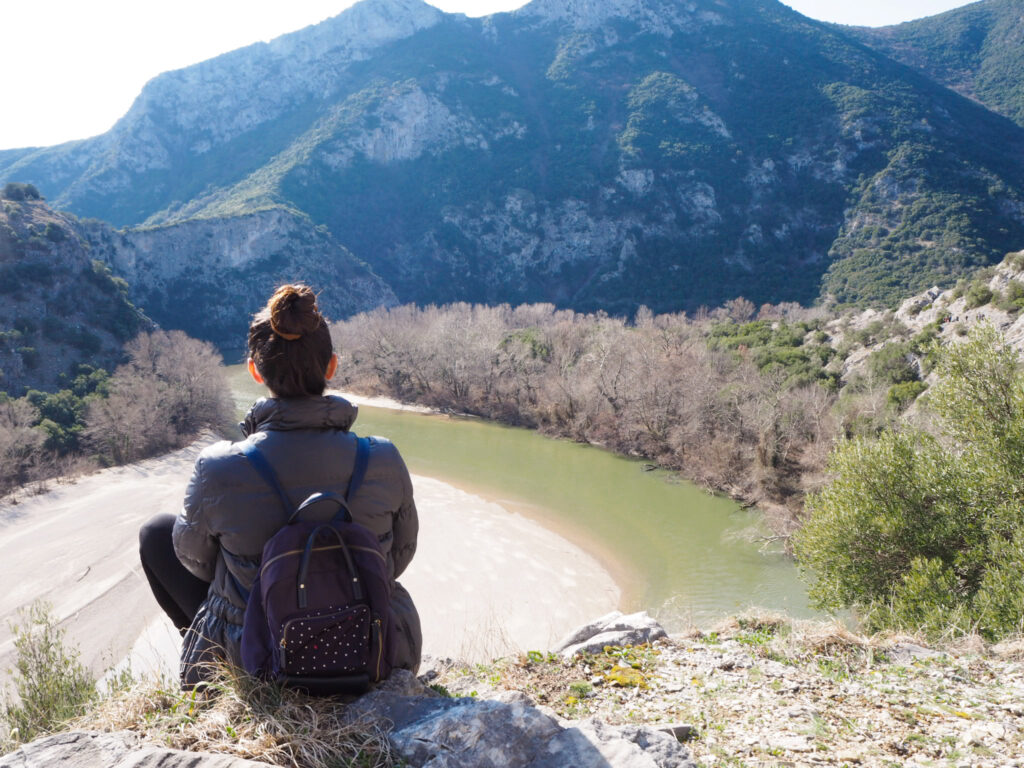Situated roughly 20km off the Greek-Bulgarian border, in the municipality of Xanthi, lies a traditional Pomak taverna similar to which you will not find anywhere in the whole of Greece, it’s named Taverna Kottani.
The two owners of the taverna, Cemil and Muzeyyen Haliloglu, are Greek Pomaks who live in the nearby village of Kottani, an isolated village inhabited by Pomaks with Cemil and Muzeyyen being the only two permanent registered inhabitants! The taverna is so well-known in the stretch of the country that even politicians and celebrities from Athens travel up here to enjoy the delicacies and the spectacular mountain views. Looking at the lush green hills expanding in front of me as I type this, I cannot fault them.
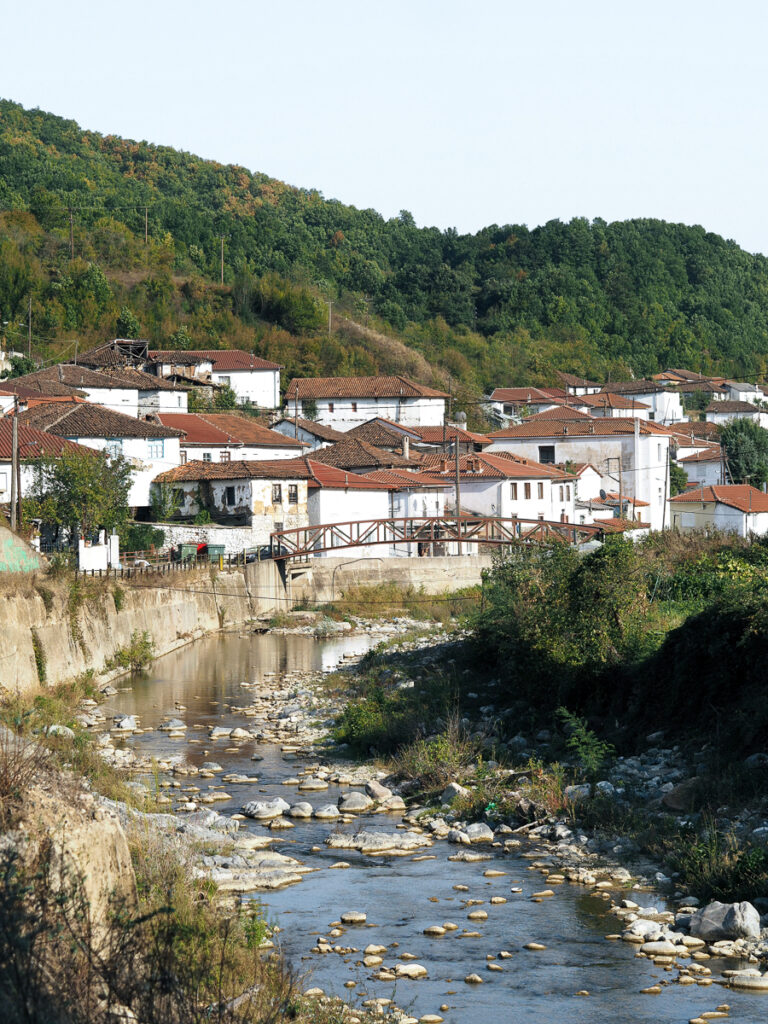
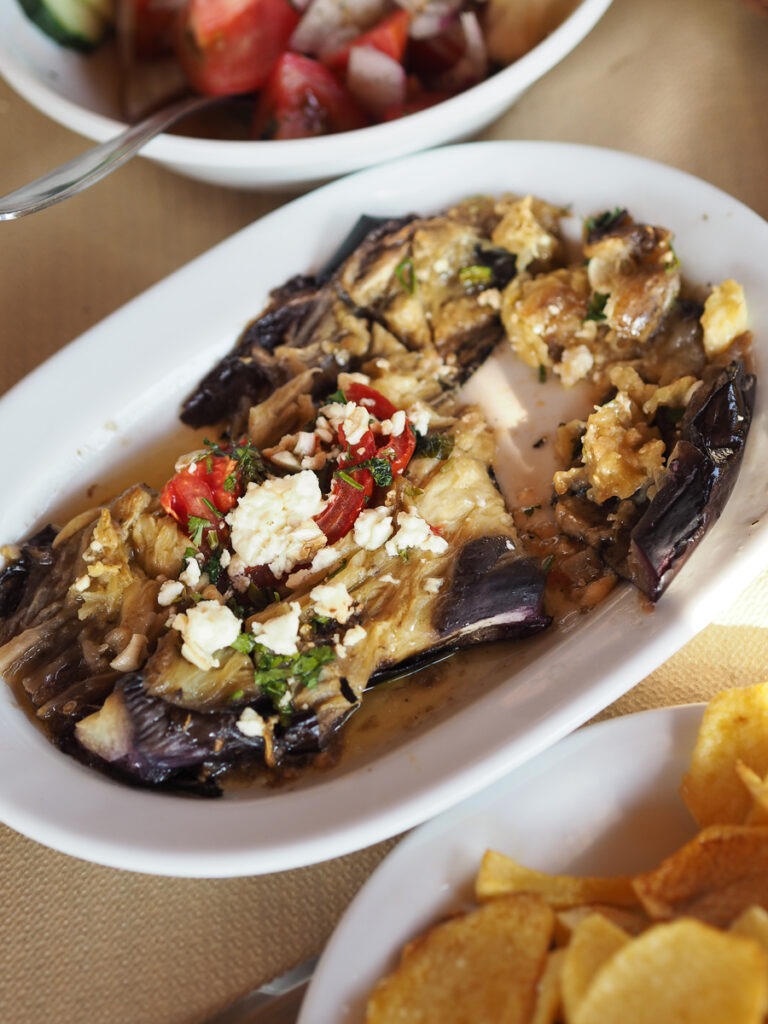
Travelling to Taverna Kottani is tricky but worth it. You can get here by car from Xanthi but if you fly to Alexandroupoli from Athens it is best if you cross the Greek-Bulgarian border at Makaza (just off Komotini), drive up to Zlatograd and then enter Greece from the local border which is only 4km away from the city. The road through Bulgaria is much better and you get to see a bit of the neighbouring country, too.
The road is long but the journey is calm. The landscape changes constantly as you pass through the Pomak villages of Ehinos and Thermes (with the famous hot springs and traditional baths), up to Medousa. Here, time stays still! As we entered the beautiful village of Medousa, we did not encounter a person who did not wave back at us. We saw women with colourful headscarves hand-weeding their vegetable patches, men playing their ‘koboloi’ while sipping Greek coffee, and teenagers driving their bicycles up and down the streets. The arched medieval bridge at the end of the village right next to the mosaic-covered mosque is undoubtedly the landmark of the place. We chatted with the locals who told us that the blue mosaic of the mosque denotes fruitfulness and effectiveness to the faithful. At sunset, it glitters as the walls covered in blue, radiant, tile mosaics shimmer in the sunlight. Pure magic!
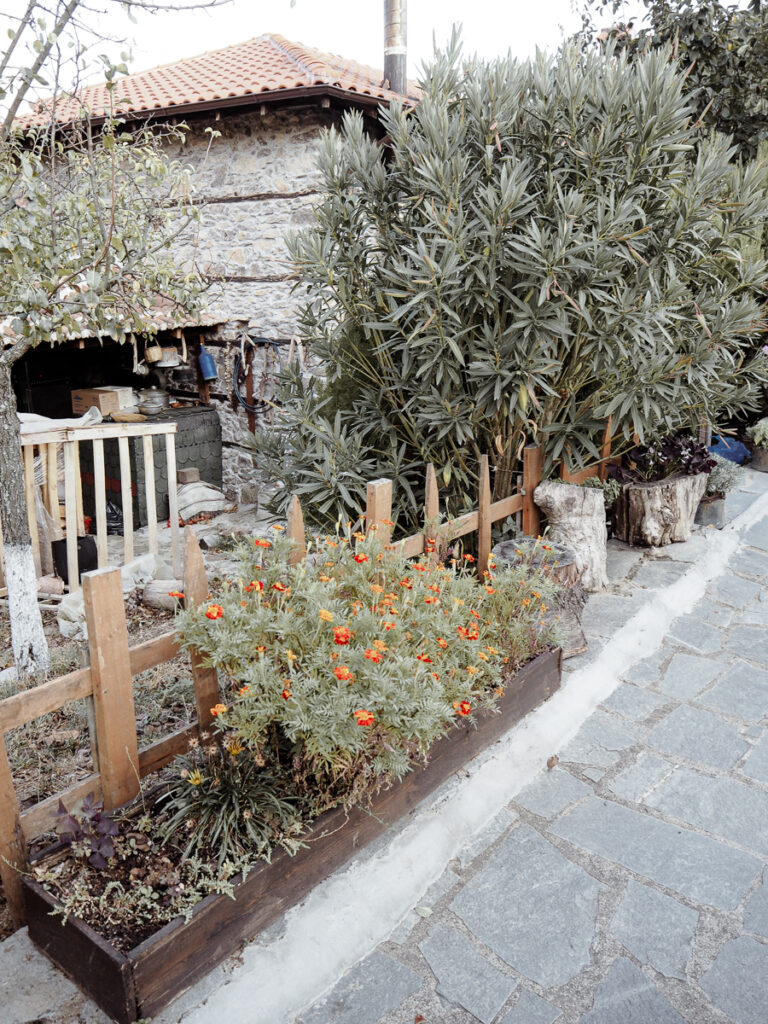
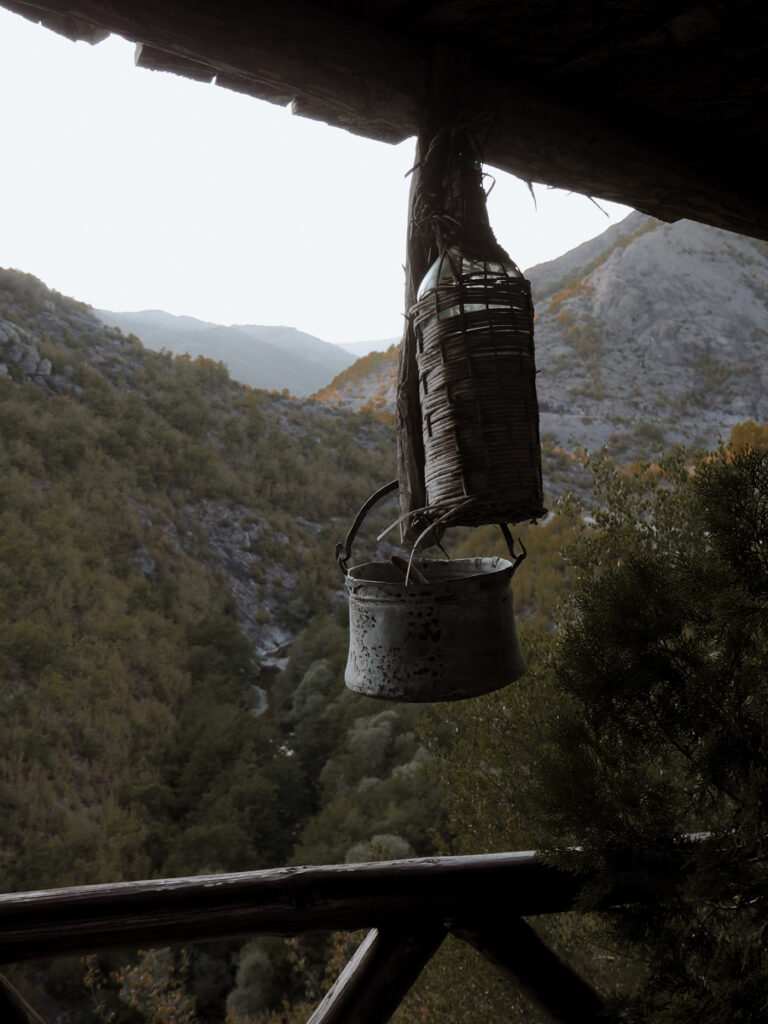
The last 6 km, from the village of Medousa to Kottani are on a dirt road in a deplorable state, apparently quite popular among the motorcycle riding buddies who come up here just for the views.
Taverna Kottani is located on the top of a green hill, at the foot of which passes River Kompsatos, making the place even more calm and idyllic. The building is a two-story stone inn that is more than 200 years old. Cemil told us that he was born in this very house and he lived in the building up until the ’70s. As it belonged to his great-grandfather, he wanted to preserve everything as it was by keeping the rooms with their original furniture and everyday items. Indeed, on the top floor, the walls are covered with family pictures, there are folklore Pomak uniforms on display, the tables are covered with hand-embroidered cloths, and in the kitchen, there is a beautiful tea set nicely arranged on the counter.
The actual taverna with the open kitchen is on the ground floor where you will see Muzeyyen cooking, layering pastry phyllo, and baking in the traditional oven. Cemil is the master of the grilling, she tells me proudly as I go down the stairs, “I do the cooking using old recipes that have been passed down to us from our grandmothers.”
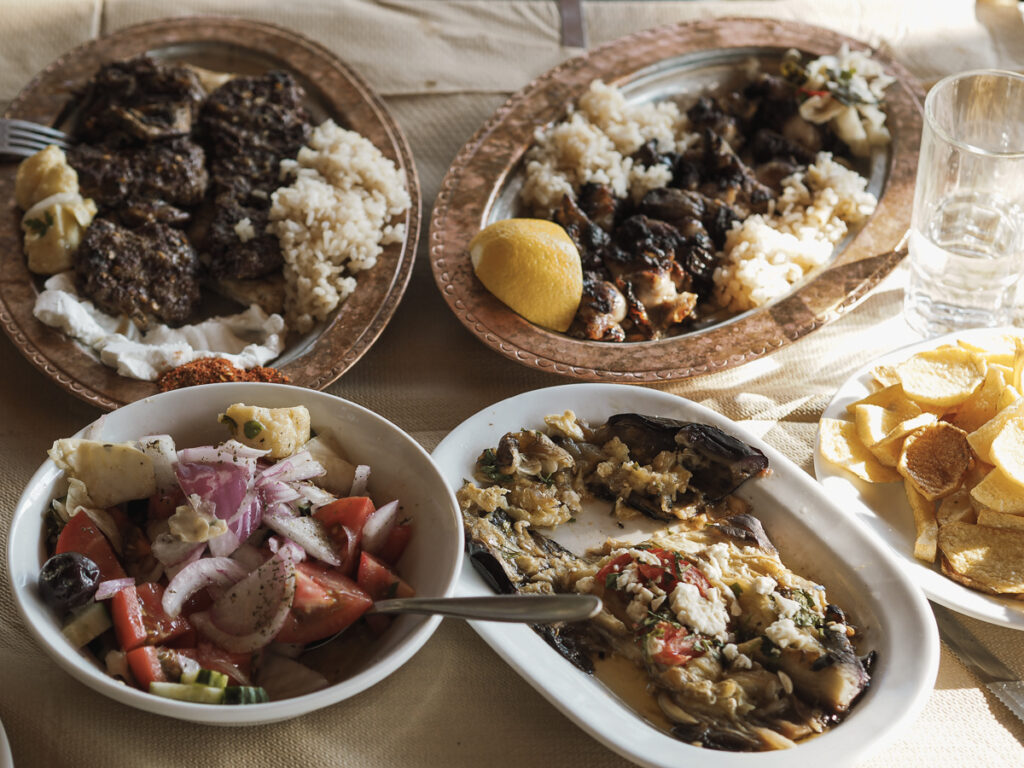
The menu varies seasonally but a few of their famous dishes are the cheese pie and patatnik (potato pie), the grilled aubergines with cheese on top, tas kebabs, wild boar stew, and the famous sweetbreads glukadia.
As we were enjoying our meal, Cemil joined us and confessed with much sadness that despite the taverna’s success the government only provided electricity to Kottani in 1998. Add to that the fact that the road connecting Kottani to Medousa still has not been built and that there is no internet coverage in the area, makes it quite difficult. “Winters are quite harsh, he said, limiting us to operate the taverna only during the weekends. And we only accept cash payments as there is no wifi connection for a POS.”
We tried to finish our meal on a happy note and talked about his family and grandchildren under the sound of birds chirping and falling waters from the nearby canyon.
Cemil and Muzeyyen are two proud lovers of tradition and their roots who will welcome you in their taverna all year round. Even though the taverna is off the beaten path, the food, the views, and the fantastic hospitality will leave a sweet taste in your mouth. It will also give you an insight into the friendly, picturesque Pomak villages with their close-knit communities and people whose faces shine like children when they talk to you. If there is a magic potion of happiness, perhaps the Pomaks have already found it!
Images by Anastasia Fountouli ©

